15 Common Mistakes Tourists Make in South America
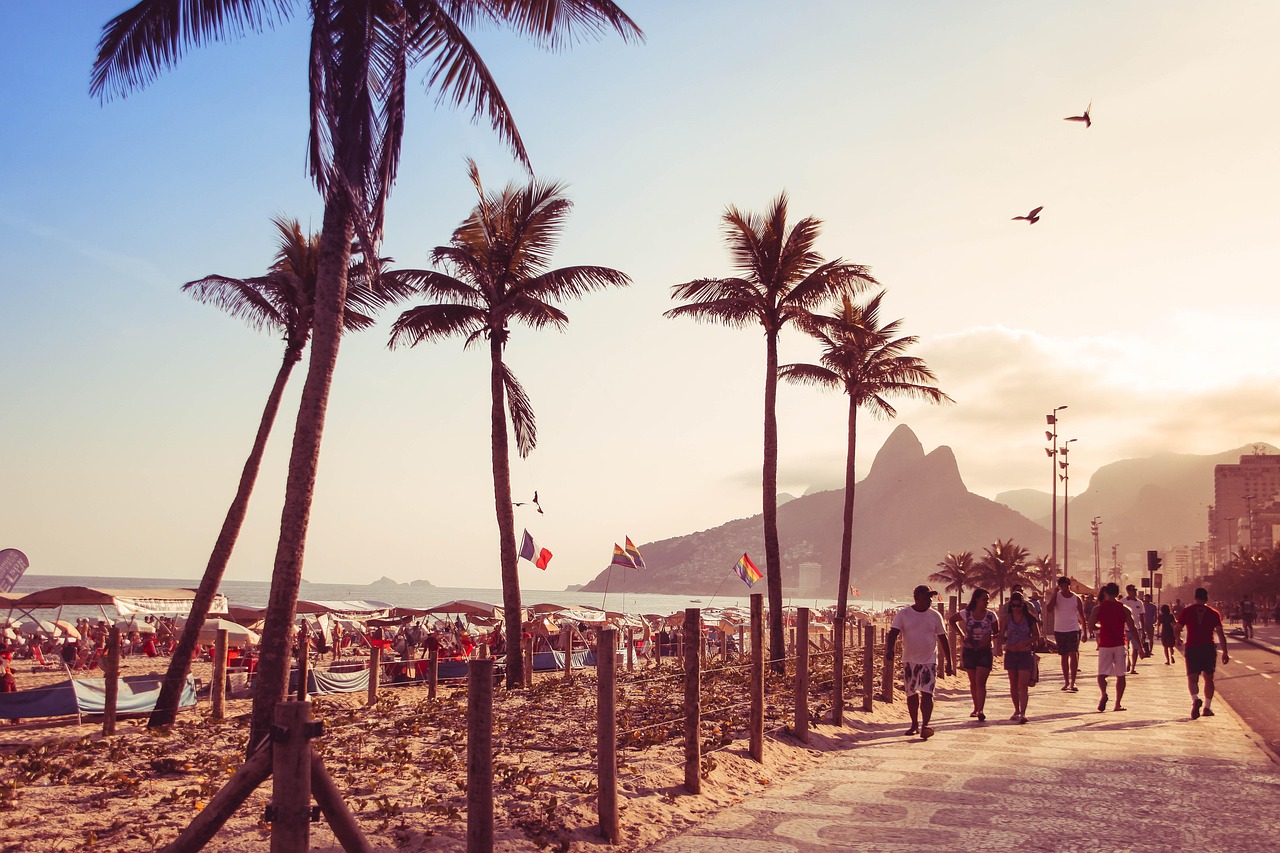
South America promises jaw-dropping landscapes, rich cultures, and unforgettable adventures, but it also demands smart travel choices. From high-altitude pitfalls to everyday cultural missteps, it’s easy to get caught off guard if you’re not paying attention. The good news? Most mistakes are easy to avoid once you know what to look for. Whether you’re planning your first trip or heading back for more, here are the common errors that could cost you time, money, or worse, and how to steer clear of them.
1. Skipping Travel Insurance Can Cost You More Than Money

Travel insurance is not just a checkbox; it’s your safety net. South America offers incredible adventures alongside real risks. Whether it’s lost baggage in Bogotá, a broken ankle hiking Machu Picchu, or canceled flights in Patagonia, issues can escalate quickly without coverage. Quality travel insurance covers medical emergencies, evacuation, theft, and trip interruptions. Many hospitals require payment upfront, so without insurance, you could end up paying significant amounts out-of-pocket. A small upfront cost brings peace of mind later.
2. Rushing Through High Altitudes Without Proper Acclimatization

Altitude sickness affects even the fittest travelers. Rising too quickly, especially in places like Cusco, La Paz, or Quito, can lead to headaches, nausea, and fatigue. The best strategy is to ascend gradually, hydrate, and take rest days. Locals often use coca leaves or tea for relief. Allow your body time to adjust before diving into strenuous activities; skipping acclimatization isn’t a show of strength, it’s a risk that can sideline your adventure.
3. Drinking Tap Water Without Checking If It’s Safe
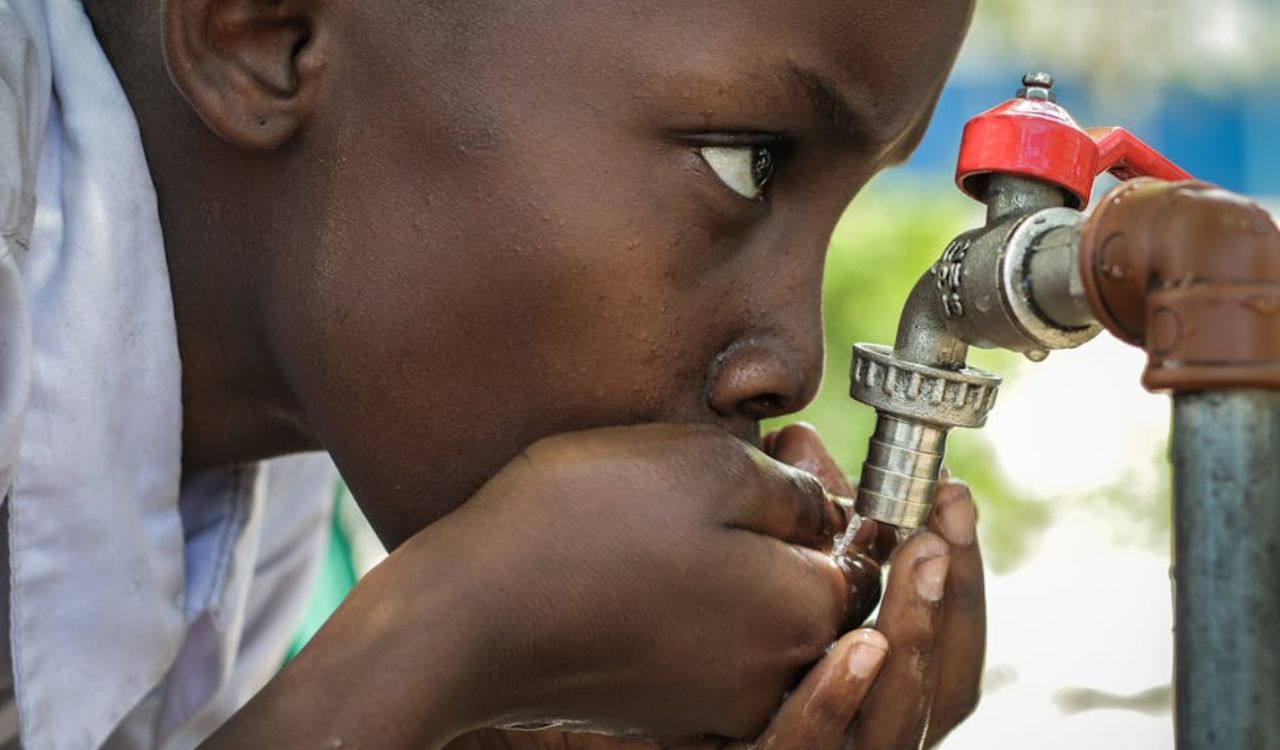
Tap water varies in quality across South America, and in many areas, unfiltered water can contain bacteria or parasites unfamiliar to your system. This could mean an upset stomach, missed outings, or worse. Always check with locals or accommodation staff about water safety and, when in doubt, stick to bottled water or use a filter or purification tablets. Ice cubes and fresh produce washed in local water can also pose risks, so remain cautious.
4. Flashing Valuables Is Asking for Trouble

While South America is filled with welcoming people, petty theft occurs in busy markets, terminals, and tourist areas. Flashing jewelry, designer bags, or expensive cameras can draw unwanted attention. Thieves often work in teams using distraction techniques. Secure belongings in an anti-theft crossbody bag, keep electronics out of sight, and avoid displaying cash. Blending in is not about fear, but about being prepared and aware.
5. Assuming Everyone Speaks English Is a Missed Opportunity

English is not widely spoken outside of major hotels or tour hubs. Learning several basic phrases in Spanish or Portuguese helps with directions, dining, and making connections. Locals appreciate the effort, and your travel experiences become richer when you bridge the language gap, even imperfectly. Translation apps help, but a genuine attempt at communication goes further.
6. Taking Unlicensed Taxis Is a Risk You Don’t Need
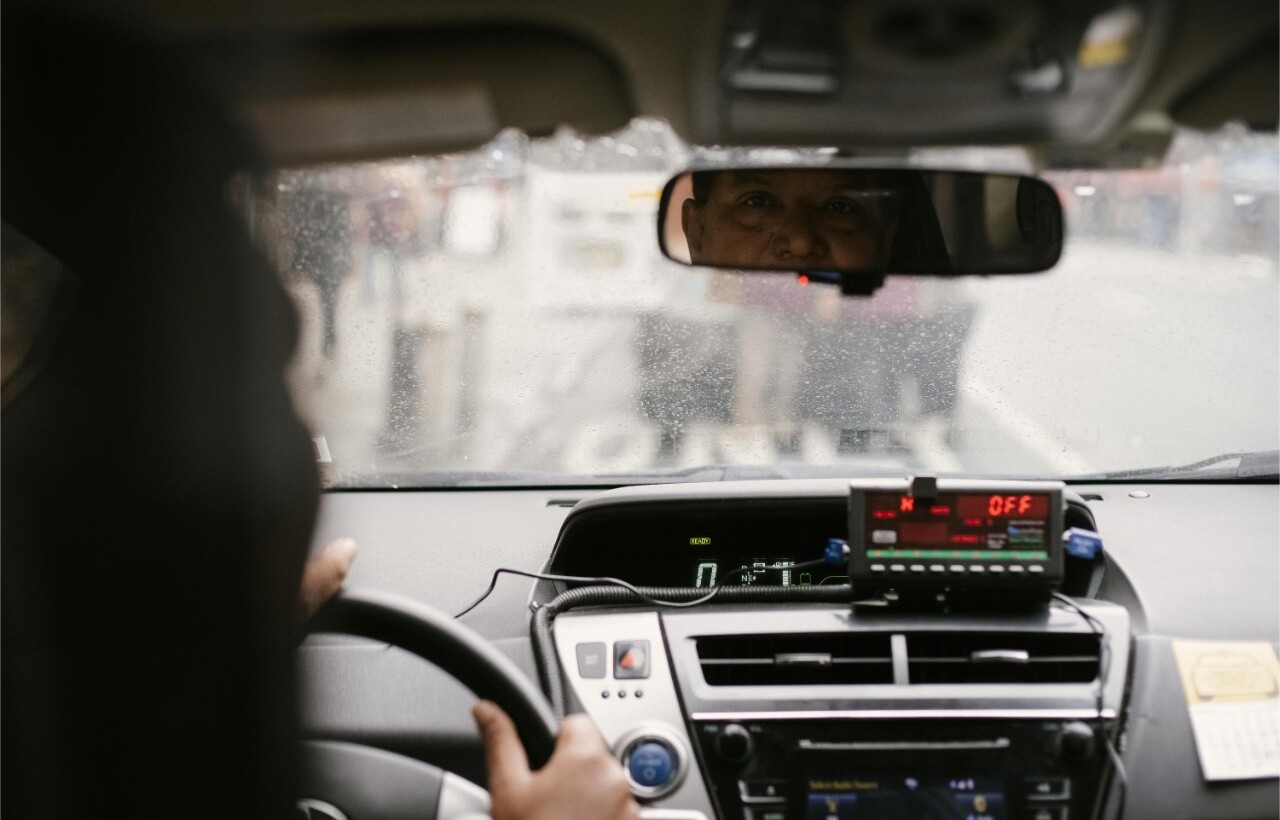
Unlicensed taxis operate in many cities and can involve scams or safety issues. Use rideshare apps like Uber, Cabify, or Didi where permitted, or have your hotel arrange a trusted cab. In areas without ridesharing, look for licensed taxis with clear signage and meters. If there is no meter, agree on the fare before getting in. Trust your instincts; if something feels off, wait for another vehicle.
7. Carrying Too Much Cash or Relying on Traveler’s Cheques

Urban areas are often card-friendly, but excessive cash can make you a target for theft. Traveler’s cheques are rarely accepted and often incur high fees. Bring only the cash you need for the day, and use ATMs in secure or monitored locations. Digital wallets or prepaid travel cards are safer alternatives. Distribute your money in various spots, such as your wallet, bag, or a hidden pocket.
8. Ignoring Safety Warnings or Wandering Into Risky Areas
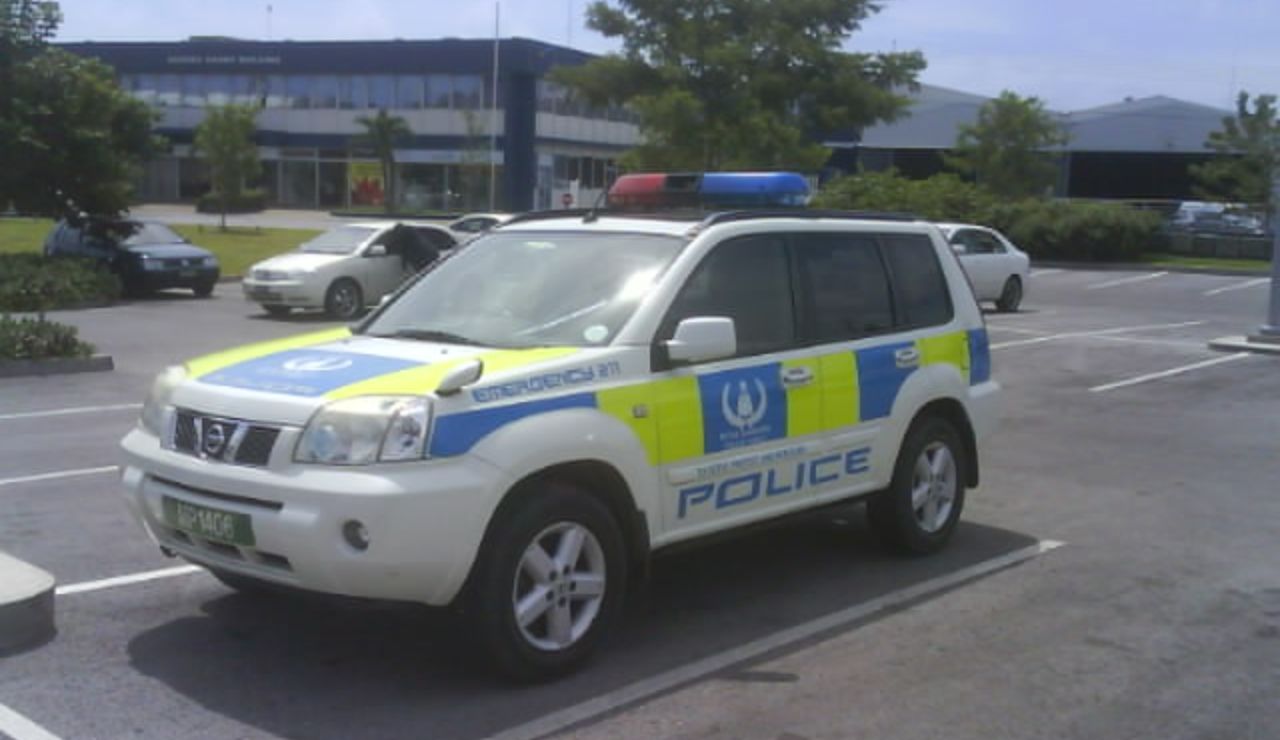
Every city has areas travelers should avoid, and ignoring local advice is risky. In cities like Rio de Janeiro or Bogotá, neighborhood safety can change from one block to another. Ask hotel staff or guides about no-go areas and use caution at ATMs. Avoid walking alone at night, trust local knowledge, and leave any situation that feels off. Respecting precautions keeps your trip on track.
9. Underestimating Travel Time and Distances
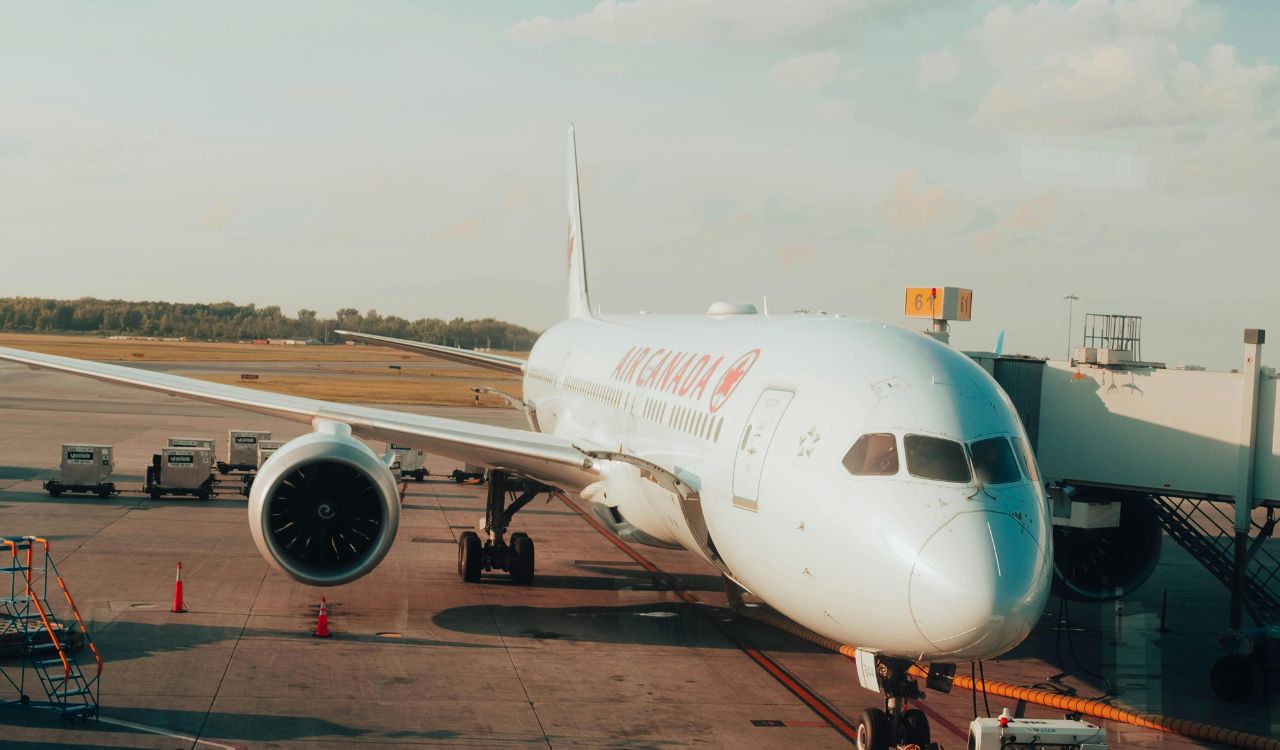
Maps make South America look compact, but transportation often takes longer than expected due to mountain roads, limited infrastructure, or border crossings. Overnight buses and internal flights are common, but both can be delayed. Allow extra time in your itinerary for journeys and unexpected changes. Avoid overload; South America is best experienced at a relaxed pace.
10. Flushing Toilet Paper Can Backfire—Literally

Most South American plumbing is not built to handle flushed toilet paper. Signs usually direct you to dispose of paper in the provided bins. Ignoring this can cause major blockages and plumbing issues. Carry tissues and hand sanitizer, as not all public restrooms will supply them. Following this local practice is simple and respectful.
11. Ignoring Local Customs and Etiquette Creates Distance
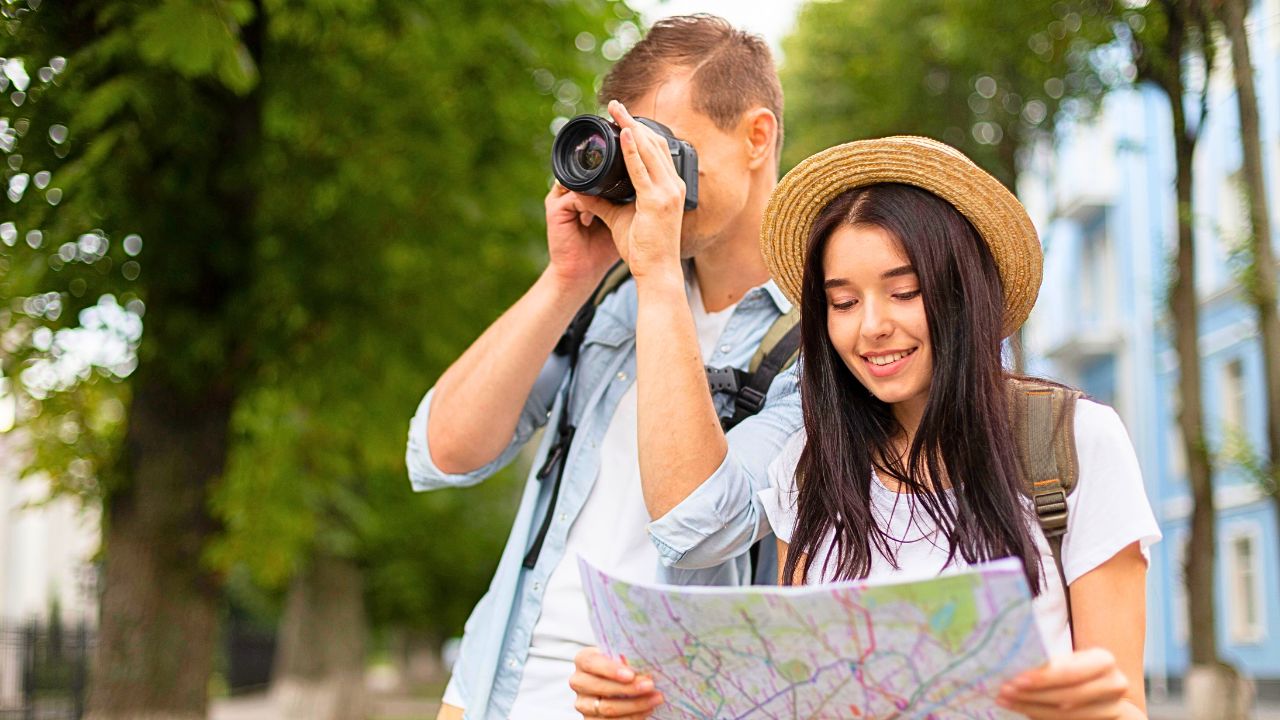
Cultural respect means knowing when to cover up, how to bargain, or when to ask before snapping a photo, especially of Indigenous people. Modest dress may be expected in religious or rural settings. Hand gestures and personal space norms vary, so a little research avoids awkwardness and fosters genuine connections.
12. Skipping Essential Vaccinations and First Aid Prep
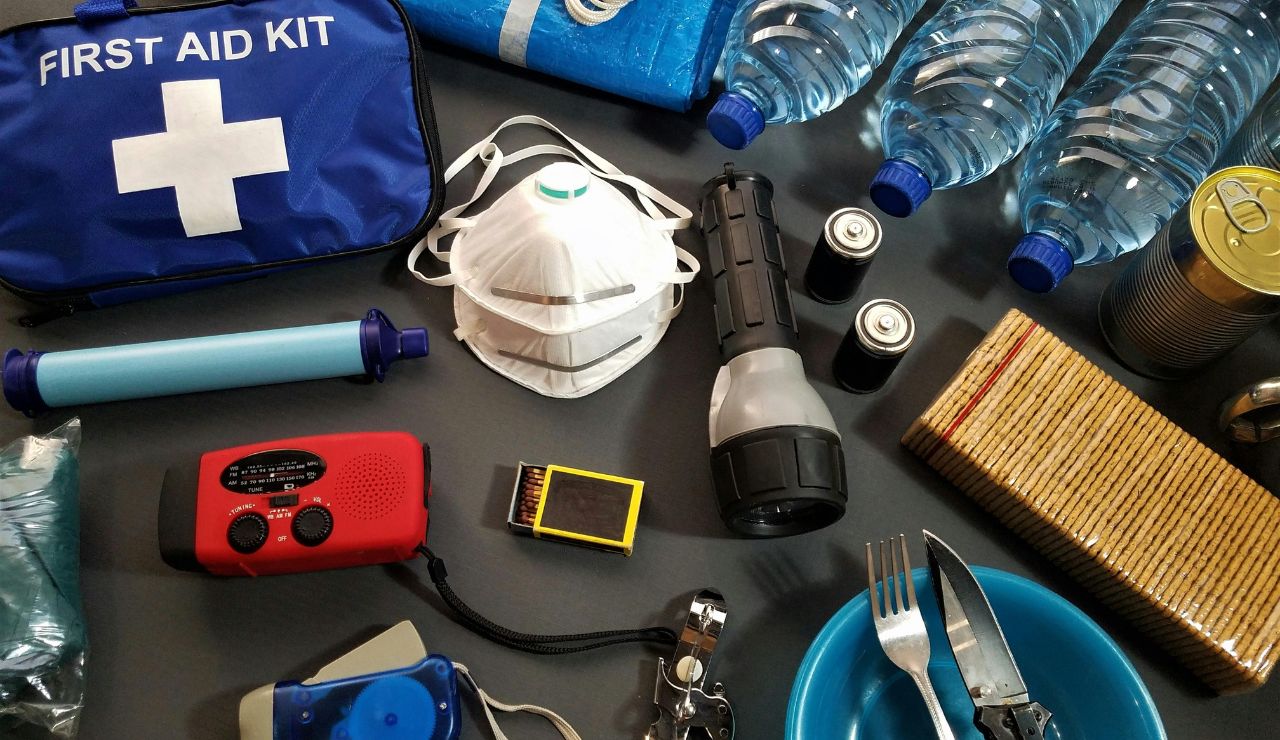
Vaccinations for yellow fever, hepatitis A, and typhoid are sometimes required or strongly advised, depending on your route. Always check entry requirements and regional health advisories. Beyond vaccines, pack a first-aid kit with basics like painkillers, antiseptics, rehydration salts, and mosquito repellent. Pharmacies in remote areas may not stock what you need, so bring your essentials with you.
13. Overpacking Makes Every Journey Harder
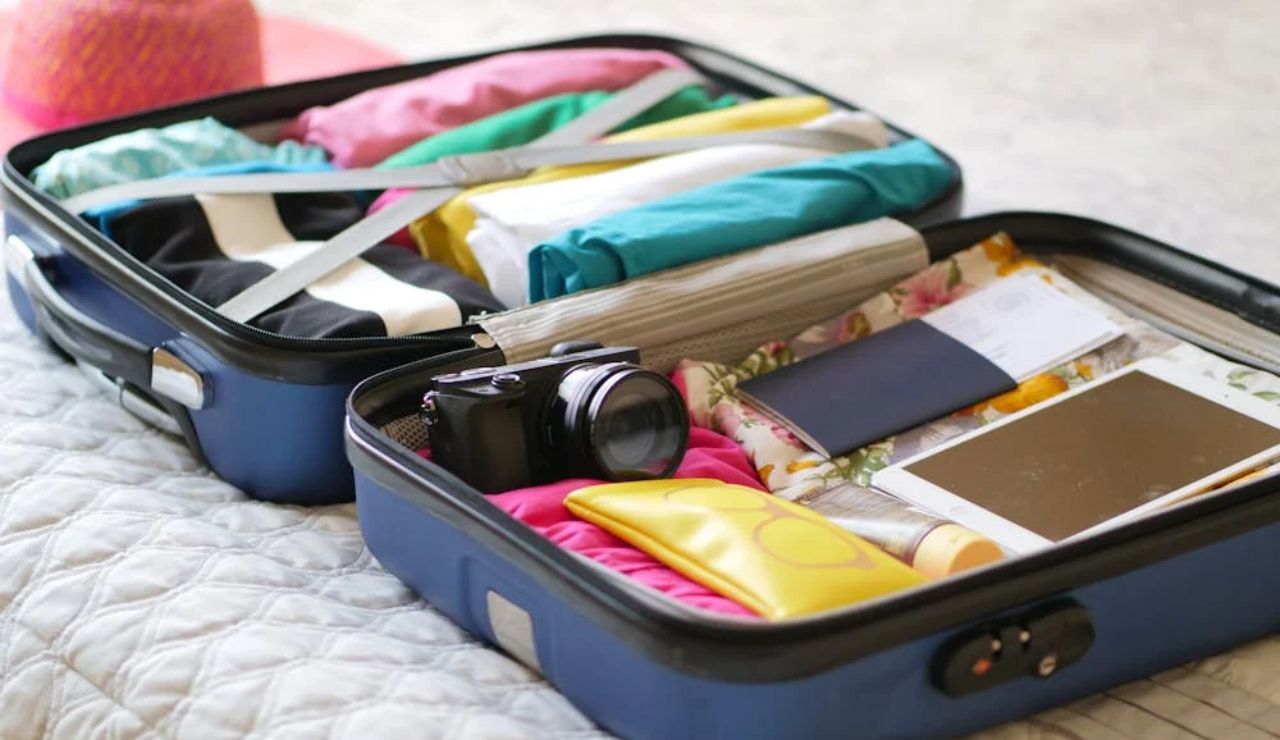
Large, heavy bags become a burden on cobblestone streets, cramped buses, or low-weight flights. South America’s climates can be unpredictable, so choose lightweight, quick-dry layers over bulk. Laundry services are widely available even in small towns, making it easier to pack light and keep moving.
14. Overlooking Fake Currency and Bad Exchange Rates

Counterfeit bills sometimes circulate, even in ATMs. Learn how to recognize fakes by inspecting texture, watermarks, and serial numbers. Use banks, official exchanges, or well-located ATMs, and avoid street exchangers. Monitor real-time conversion rates with a currency app; kiosks may take large commissions.
15. Assuming Public Transport Will Run Smoothly Everywhere
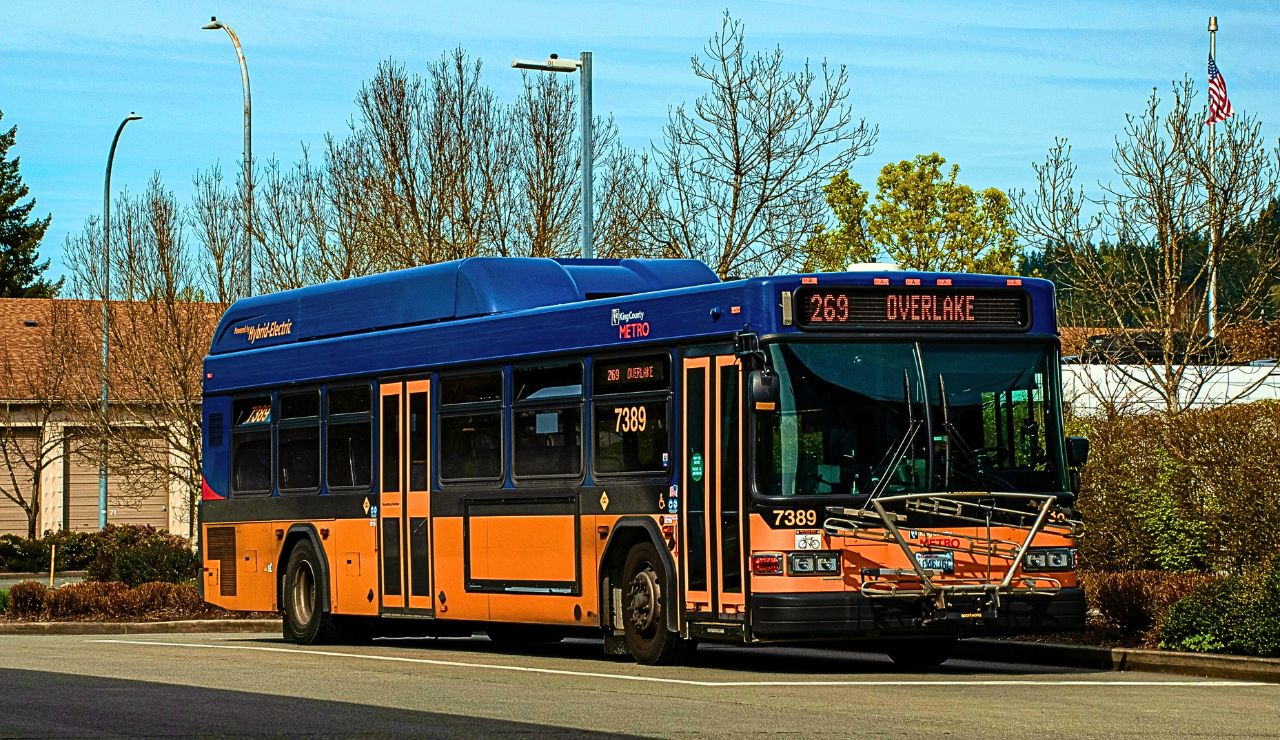
While public transport can be efficient in cities, in rural areas, expect unpredictability. Collectivos and minibuses may run on flexible schedules; buses can be delayed, overbooked, or canceled. Buy tickets ahead, use reputable companies, and if traveling at night, pick well-reviewed lines with a proven safety record. Stay flexible; travel plans may shift along the way.